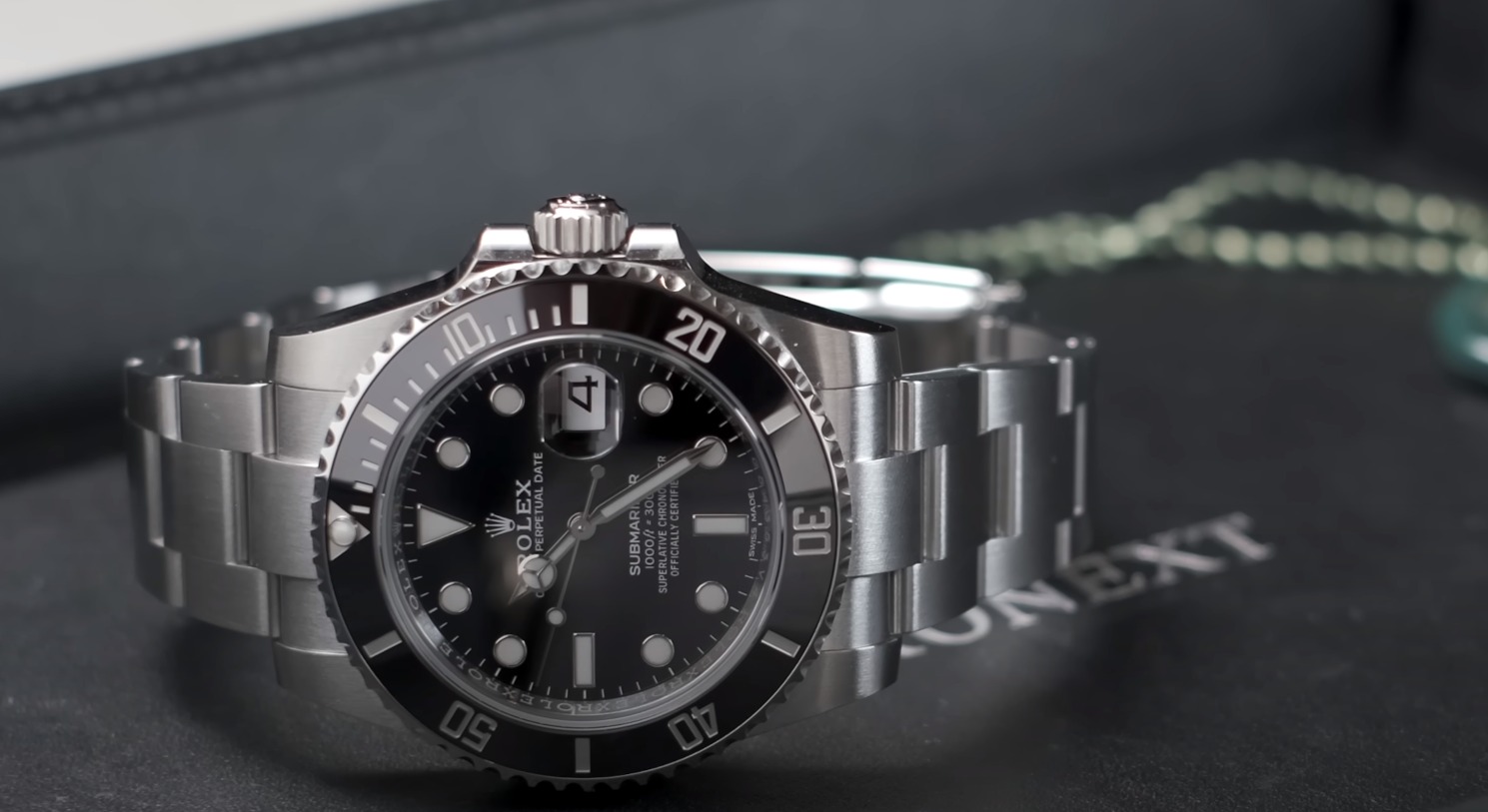In the world of horology, few topics spark as much debate as clone replica watches WatchSavers. These are not your average cheap knock-offs — they are high-quality, meticulously crafted timepieces that aim to replicate luxury watch brands down to the smallest detail. While opinions on these replicas vary widely, there’s no denying that clone watches have carved out a significant niche in the market.
What Are Clone Replica Watches?
Clone replica watches are high-end imitations of luxury watches, such as Rolex, Audemars Piguet, Omega, and Patek Philippe. Unlike low-grade replicas, clones are produced with exceptional attention to detail. They often use similar materials, mimic the weight and feel of the original, and even replicate the mechanical movements. Some high-tier clones are so convincing that even seasoned collectors struggle to distinguish them from authentic models without opening the case back.
Why People Buy Clone Watches
-
Affordability: The most obvious reason is cost. A genuine luxury watch can cost thousands — even tens or hundreds of thousands — of dollars. Clone replicas offer a similar aesthetic and feel for a fraction of the price.
-
Style Experimentation: Many buyers use clone watches to test if a particular model suits their style before committing to the real thing.
-
Prestige Without the Price Tag: Some consumers want the prestige of wearing a recognizable luxury brand but can’t or won’t spend the money for an original.
-
Collectors and Hobbyists: Some horology enthusiasts collect clones as a way to study the craftsmanship and compare it to originals.
The Quality Spectrum
Not all replicas are created equal. Clone watches typically fall into several quality categories:
-
Basic Replicas: Visually similar but lacking in weight, detail, and movement precision.
-
1:1 Clones: These are made to match the original in size, material, and function.
-
Super Clones: The highest level of replicas, often assembled by experienced watchmakers. They use high-quality movements and components that closely match the genuine article.
Some super clones even feature Swiss ETA movements or custom-made movements that replicate the look and behavior of the originals almost perfectly.
The Legal and Ethical Debate
Clone watches exist in a legal grey area. While it’s not illegal in many countries to own a replica watch, producing or selling them can violate trademark and intellectual property laws. Luxury watch brands spend millions protecting their designs and trademarks, so clone watch manufacturers often operate underground.
Ethically, clone watches are controversial. Critics argue that buying them supports counterfeiting and undermines the integrity of genuine craftsmanship. Supporters counter that when done for personal use and not resale, clone watches can be harmless ways for fans to enjoy beautiful designs they couldn’t otherwise afford.
Risks and Considerations
Buying a clone replica watch isn’t without risk:
-
Quality Variability: Not all sellers are honest about what they’re offering. Poor-quality clones can break easily or look obviously fake.
-
No Warranty or Support: Unlike genuine watches, replicas come with no service or support options.
-
Legal Trouble: In some jurisdictions, purchasing or importing replica watches can lead to confiscation or fines.
Final Thoughts
Clone replica watches will likely always be a polarizing subject. For some, they are an accessible gateway into the world of luxury timepieces. For others, they represent a threat to originality and ethical production. Whether you’re for or against them, clone watches undeniably showcase a fascinating blend of craftsmanship, commerce, and controversy in the global watch industry.
